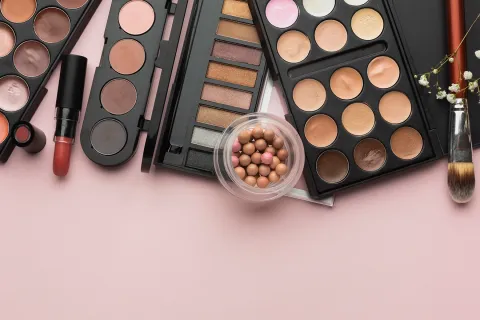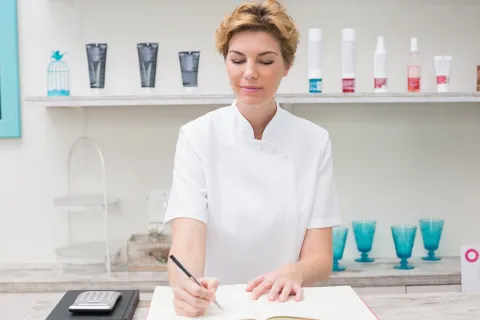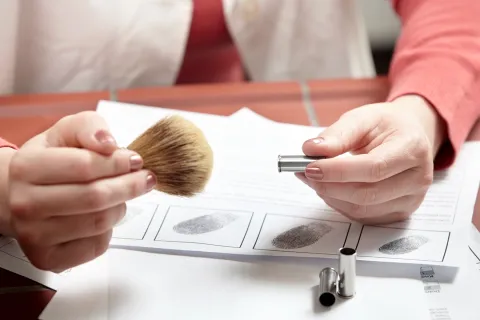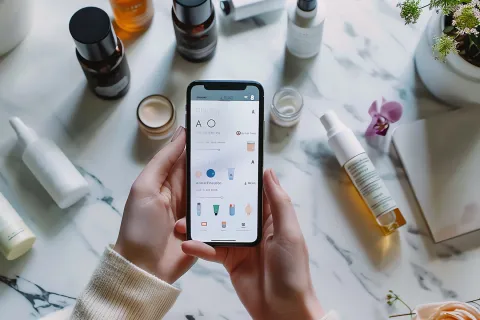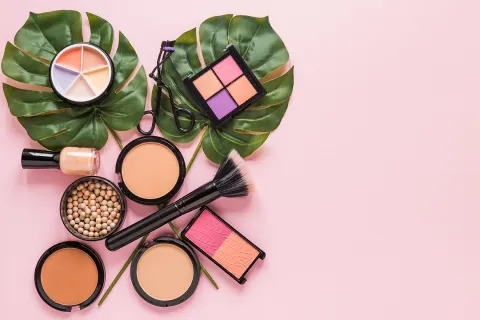Draw a finite line
Are you geared up with blocked timelines and strategies for upcoming drug / cosmetic Regulatory mandate? Before deciding on your next task, recheck on the category of your product to be marketed. Is it a drug or a cosmetic? Draw a finite line and understand corresponding Regulatory implications and laws to ensure your marketing efforts won’t go in vain.
It takes a lot of time and efforts for companies to produce either cosmetics or drugs in terms of formulating ingredients in required quantities, navigating the time-consuming clinical trials, validating each and every aspect of the entire manufacturing lifecycle and at last documenting them as per required formats of health authorities for obtaining market approvals. During the entire process, it has been noticed that firms, sometimes, get confused with the category of the product they are about to market. As FDA quoted, they violate the law by marketing a cosmetic with a drug claim or by marketing a drug with the cosmetic claim. That would be a clear case of disobeying the regulations and violating the Federal Food, Drug and Cosmetic Act (FD&C Act).
How can we determine the product category?
To make it simple to understand, FDA states a product’s intended use determines whether it’s a cosmetic or drug.
As per FD&C Act sec. 201(i), a cosmetic is defined as “articles intended to be rubbed, poured, sprinkled, or sprayed on, introduced into, or otherwise applied to the human body…for cleansing, beautifying, promoting attractiveness, or altering the appearance”. For e.g. the products which may fall under the defined segments are skin moisturizers, perfumes, lipsticks, eye and facial makeup preparations, cleansing shampoos, permanent waves, hair colors, and deodorants.
On the other hand, as per FD&C Act, sec. 201 (g)(1), a drug is defined as “articles intended for use in the diagnosis, cure, mitigation, treatment, or prevention of disease” and “articles (other than food) intended to affect the structure or any function of the body of man or other animals”.
Draw a Finite Line
Diving deep into the issue, the challenge rises with moisturizers and sunscreen lotions which, as per their innate nature meet both the definitions. In such scenarios, make sure labels on your products, if it is cosmetic, clear-off certain claims which may establish your product as a drug by quoting its intention for use is to treat/prevent a disease or to affect the total structure or functions of a human body. Sometimes, consumer’s perception may also play an important role in defining a product whether or not, a cosmetic or a drug. Drawing a finite line between cosmetic or drug is far tricky than we think. So the only way to categorize both of them is to go ahead carefully.
As same as definitions, the laws and regulations for cosmetics and drugs are completely different in terms of areas of approvals, registrations, labeling and good manufacturing practices. Going ahead with unclear mindset may lead you to end up with warning letters or in the worst case to see your product taken off from the market. Ultimately, the result would be burdened budgets. Therefore, it is recommended to consult a global partner for cosmetic regulatory services for in-time product approvals. Freyr is a global safety and efficacy service provider to maintain end-to-end cosmetics and personal care products’ lifecycle.

